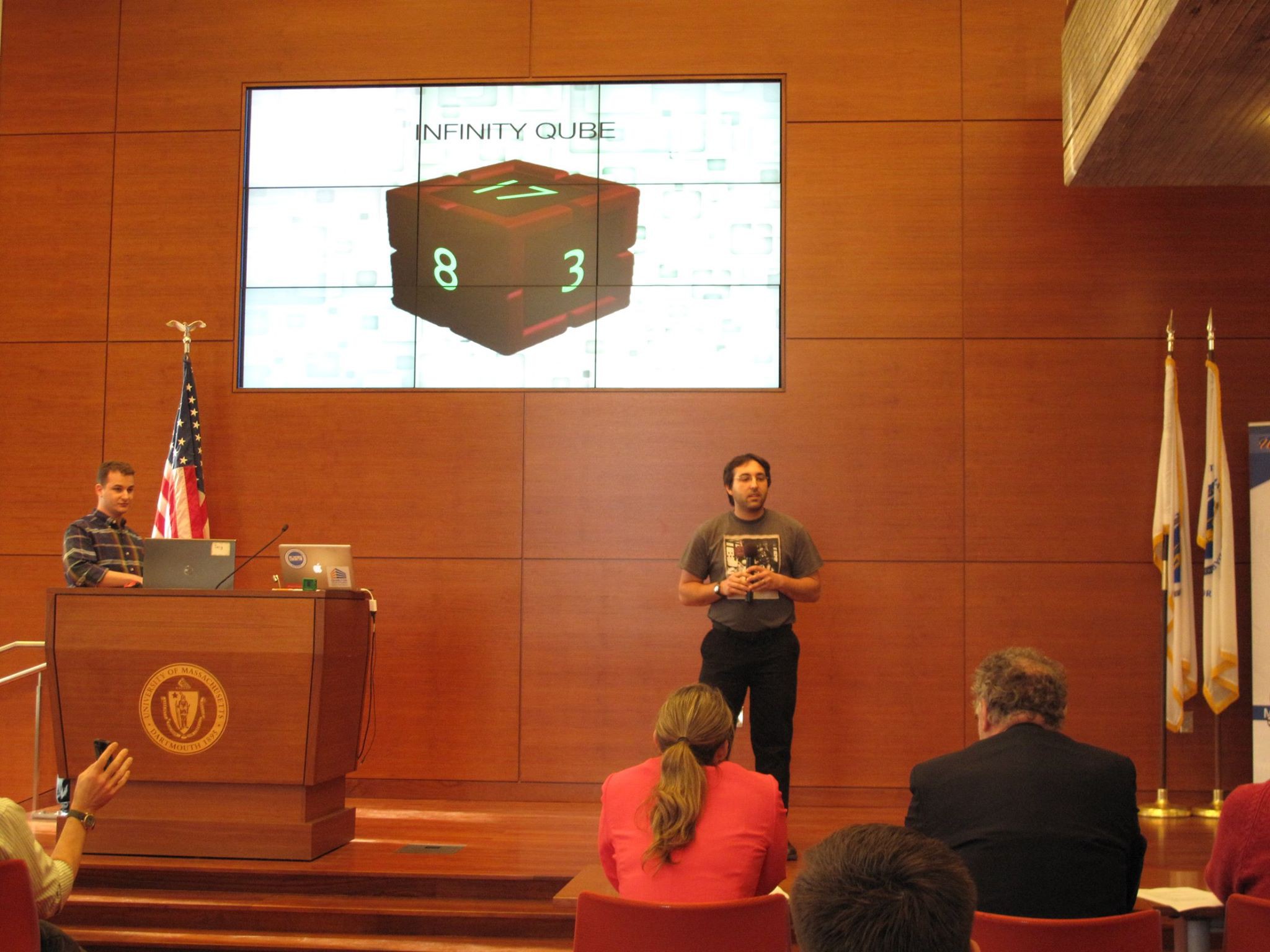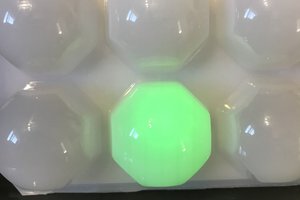
The idea with this project is to replace the multitude of dice that are used with many games, like DnD, with an electric version that still gives the experience of real dice. One die to rule them all! With tiny displays on each side and an accelerometer to determine when it is rolled, many things are possible.
Here I am going to put down my ideas for requirements this little die is going to contain. As I make progress on these, I will update each one with new details, problems, and work arounds.
Requirements (Visual):
- At least two character display on each of the 6 sides: With two characters, numbers up to 99 can be shown (or any number of symbols).
I would like them to be full color high res screens, but to start, 7 or 8 segment displays will be fine.
- Size of a typical die (about 0.5" - 0.75" cube): The dice should easily fit in your hand and be used with other normal dice if needed.
- Rugged casing: All the circuit boards and wires should be covered and protected from being thrown across the room.
I will first start with printed plastic or rubber, then possibly try some metal.
Requirements (Interface):
- Tap selection: Selecting modes should be done by tapping the die on its sides.
 daniel.bryand
daniel.bryand



 I found some time to play with the 8x8 LED display and control backpack I got in last week. At this point in the project, I am just going to look at each component individually and figure out how to use them.
I found some time to play with the 8x8 LED display and control backpack I got in last week. At this point in the project, I am just going to look at each component individually and figure out how to use them.






 Ken Yap
Ken Yap
 deʃhipu
deʃhipu
 Atheros
Atheros
https://www.ebay.com/p/0-66in-OLED-Display-Module-Screen-for-Arduino-AVR-Stm32-White-64x48-0-66/865768443?iid=222603439391&_trkparms=aid%3D555018%26algo%3DPL.SIM%26ao%3D1%26asc%3D44040%26meid%3D02c95cd0caa1448783244f6a494023b9%26pid%3D100010%26rk%3D3%26rkt%3D6%26sd%3D122614297452%26itm%3D222603439391&_trksid=p2047675.c100010.m2109